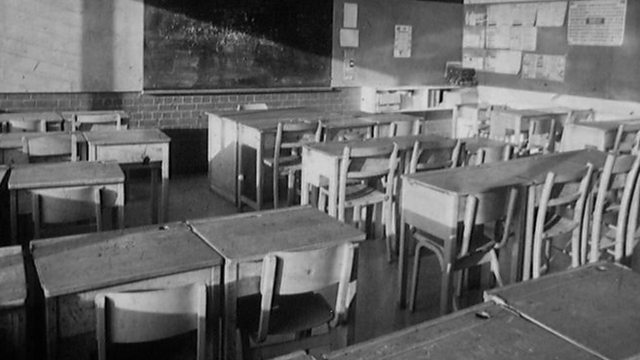
Donald’s vision is of a black knight defending a besieged castle Jean sees a ship leaving an island. Thomas the Rhymer tells them some prophecies, one of which they are part of, and gives each of them a vision. No sooner has Andrew left them than Thomas the Rhymer arrives and the children find they are now sitting by the Eildon Tree, the stone having vanished. (Meredith Morris Williams, ‘The Fairy Queen and Thomas the Rhymer’, illustration for Elizabeth Grierson (1910), The Scottish Fairy Book. Andrew concludes his tale by adding that at times of great need Thomas will return to Scotland. However, Thomas remains a servant of the Fairy Queen and is eventually summoned back to Elf-land. Thomas is then brought back to the ‘real’ world, a turbulent mediaeval Scotland which has been divided into three under three kings. Andrew tells a version of the story of Thomas the Rhymer, who travels to Elf-land with the Queen and is given the gift of ‘a tongue that could never lie’ (hardly a useful gift, I’ve always thought) which here means that he can foretell the future. Ballad-lovers will know that it was by the Eildon Tree that Thomas the Rhymer first laid eyes upon the Fairy Queen riding by in ‘grass-green silk’. The Eildon Tree begins with Donald and Jean standing beside the Eildon Stone which, they are assured by Andrew the ancient shepherd, stands by the spot where the Eildon Tree once grew. Richardson, who provides mediaeval-influenced line drawings, in place of John Morton-Sale. It has a different illustrator too: James S. This was published in 1947 and unlike Borrobil it was never re-issued. 1639477142MHA (Use this ID when enquiring about this item.Having enjoyed Borrobil so much I splashed out and bought the sequel, The Eildon Tree. Boards have moderate edge-wear with bumping to corners and rubbing to surfaces. Tightly bound with faint thumb marking throughout. Clean pages and illustrations with noticeable tanning throughout. Colour illustrated frontispiece and illustrations. 1635346397MEP (Use this ID when enquiring about this item. Paper cover has mild edge wear with light rubbing and creasing.


Minor issues present such as mild cracking, inscriptions, inserts, light foxing, tanning and thumb marking. Pages and binding are presentable with no major defects. Contains black and white illustrations by John Morton-Sale. 1678271065SEL (Use this ID when enquiring about this item. Small tears and chipping, with heavy tanning and marking overall. Paper cover has moderate edge-wear with light rubbing and creasing. Occasional thumbing throughout and inscriptions to half title page. Heavy tanning and foxing to pages and text block edges.


 0 kommentar(er)
0 kommentar(er)
